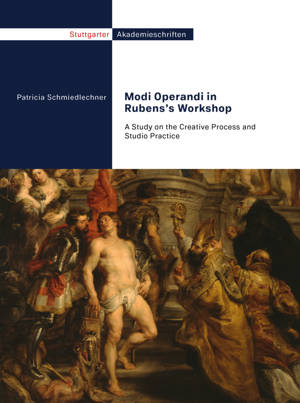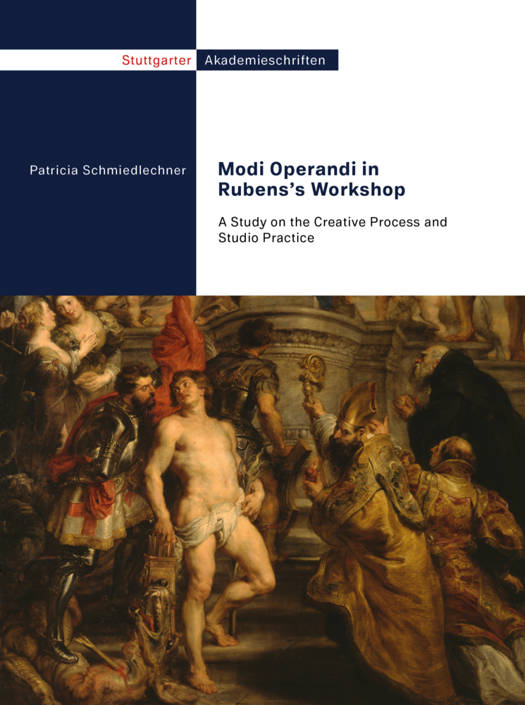
- Afhalen na 1 uur in een winkel met voorraad
- Gratis thuislevering in België vanaf € 30
- Ruim aanbod met 7 miljoen producten
- Afhalen na 1 uur in een winkel met voorraad
- Gratis thuislevering in België vanaf € 30
- Ruim aanbod met 7 miljoen producten
Zoeken
Modi Operandi in Rubens's Workshop
A Study on the Creative Process and Studio Practice. Dissertationsschrift
Patricia Schmiedlechner
€ 49,45
+ 98 punten
Omschrijving
Peter Paul Rubens's extensive oeuvre comprises more than 1500 paintings, as well as preparatory material such as drawings and oil sketches. As was customary at the time, the master painter employed a multi-person workshopand his staff and pupils were signi cantly involved in his artistic output. This collaborative working process complicates the issue of attributing Rubens's work by today's standards of single-handed execution. The publication highlights the procedures of the workshop by examining the socio-historical circumstances and written sources, while the preparatory process was assessed based on the case study of the high altarpiece of the Augustinian Church in Antwerp. The drawings and sketches associated with the creation of this painting were understood not only as evidence of creative processes but also as the results of division of labor and Rubens's teaching practice.
Specificaties
Betrokkenen
- Auteur(s):
- Uitgeverij:
Inhoud
- Aantal bladzijden:
- 198
- Taal:
- Engels
- Reeks:
- Reeksnummer:
- nr. 3
Eigenschappen
- Productcode (EAN):
- 9783948466961
- Uitvoering:
- Hardcover
- Afmetingen:
- 193 mm x 260 mm
- Gewicht:
- 820 g

Alleen bij Standaard Boekhandel
+ 98 punten op je klantenkaart van Standaard Boekhandel
Beoordelingen
We publiceren alleen reviews die voldoen aan de voorwaarden voor reviews. Bekijk onze voorwaarden voor reviews.











